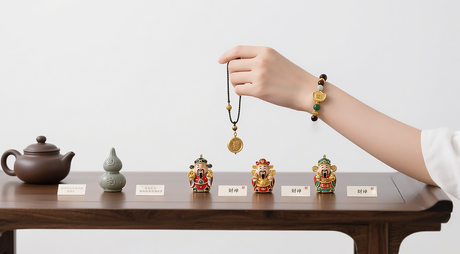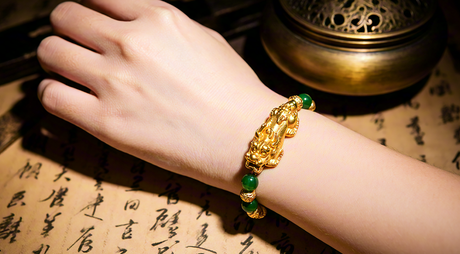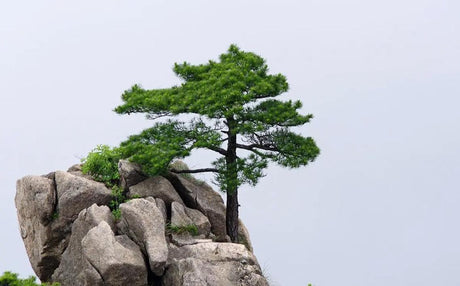Table of Contents
- 1. Geography and Historical Background
- 2. Language and Literature
- 3. Religion and Spiritual Practices
- 4. Festivals and Celebrations
- 5. Traditional Food and Cuisine
- 6. Art, Music, and Handicrafts
- 7. Traditional Clothing
- 8. Daily Life and Community
- 9. Cultural Etiquette for Visitors
- 10. Modern Cultural Preservation
- 11. Related Articles in This Series
The northern grasslands of China are home to **Mongols and Kazakhs**, two ethnic groups with centuries-old nomadic traditions. Centered in regions such as Inner Mongolia, Xinjiang, and Gansu, China, their lifestyles revolve around **pastoralism, seasonal migration, and close ties to nature**. Music, festivals, and handcrafted goods are central to their identity, reflecting a **blend of Mongolic, Turkic, and Chinese influences**.
1. Geography and Historical Background
Mongols primarily inhabit the **Inner Mongolia Autonomous Region, China**, while Kazakhs are concentrated in northern Xinjiang, China, near the Altai Mountains and vast grasslands. These areas have historically been part of **Silk Road trade routes**, facilitating cultural exchange across Central and East Asia.
The Mongol Empire of the 13th century established one of the world’s largest contiguous empires, leaving a lasting imprint on the region. Kazakhs developed as a nomadic confederation, herding livestock across seasonal pastures and preserving oral traditions over generations.

2. Language and Literature
The Mongolian language uses the **traditional Mongolian script** in Inner Mongolia, China, alongside Mandarin for official use. Kazakh is a **Turkic language** written in Cyrillic or Latin scripts, depending on region, and also taught alongside Mandarin in China.
Both groups have rich oral literary traditions, including:
- Epic poetry recounting heroes and historical events
- Folk tales and proverbs conveying moral lessons
- Nomadic songs reflecting daily life and the landscape
3. Religion and Spiritual Practices
- Mongols: Tibetan Buddhism predominates, blending with shamanic beliefs and ancestral worship.
- Kazakhs: Sunni Islam is central to spiritual and communal life.
- Rituals and prayers are often tied to natural cycles, livestock health, and seasonal migrations.
4. Festivals and Celebrations
1. Nadam Festival (Mongols)
- Annual sports festival featuring horse racing, wrestling, and archery.
- Held mainly in Hohhot, Inner Mongolia, China.
2. Nowruz (Kazakhs)
- Celebrated around the spring equinox, marking the New Year and rebirth of nature.
- Includes horse races, feasts, and family gatherings.
3. Local Harvest and Community Festivals
- Both Mongols and Kazakhs celebrate livestock fairs and seasonal harvests with music, dance, and traditional food.

5. Traditional Food and Cuisine
- Staples: Dairy products, mutton, millet, and noodles.
- Signature Dishes: Mongolian hotpot, roasted lamb, Kazakh beshbarmak (boiled meat with noodles).
- Dairy Specialties: Airag (fermented mare’s milk), yogurt, and cheese made from cow, sheep, or goat milk.
6. Art, Music, and Handicrafts
- Music: Mongolian throat singing (Khoomei), horsehead fiddle (Morin Khuur); Kazakh traditional string instruments like dombra.
- Dance: Expressive movements imitating horses and pastoral life.
- Handicrafts: Felt carpets, embroidered clothing, leatherwork, and silver jewelry.
7. Traditional Clothing
Mongol men and women wear **deel robes**, boots, and fur hats suitable for grassland climates. Kazakh attire includes **embroidered tunics, sashes, and headscarves**, often adorned with silver jewelry during festivals.

8. Daily Life and Community
- Nomadic Lifestyle: Seasonal migration with livestock, moving between winter and summer pastures.
- Housing: Yurts (portable felt tents) for Mongols and similar tents for Kazakhs.
- Community: Tight-knit families; festivals, weddings, and rituals reinforce bonds.
- Education & Modernity: Schools teach local language and Mandarin; some urban families settle in towns while preserving traditions.
9. Cultural Etiquette for Visitors
- Seek permission before photographing people or yurts.
- Dress modestly, especially at religious or formal events.
- Accept food and tea offered by hosts politely.
10. Modern Cultural Preservation
- Festivals and competitions attract tourism and sustain traditional music and sports.
- Handicraft production supports local economies and preserves cultural techniques.
- Education programs teach youth about history, music, and crafts.










